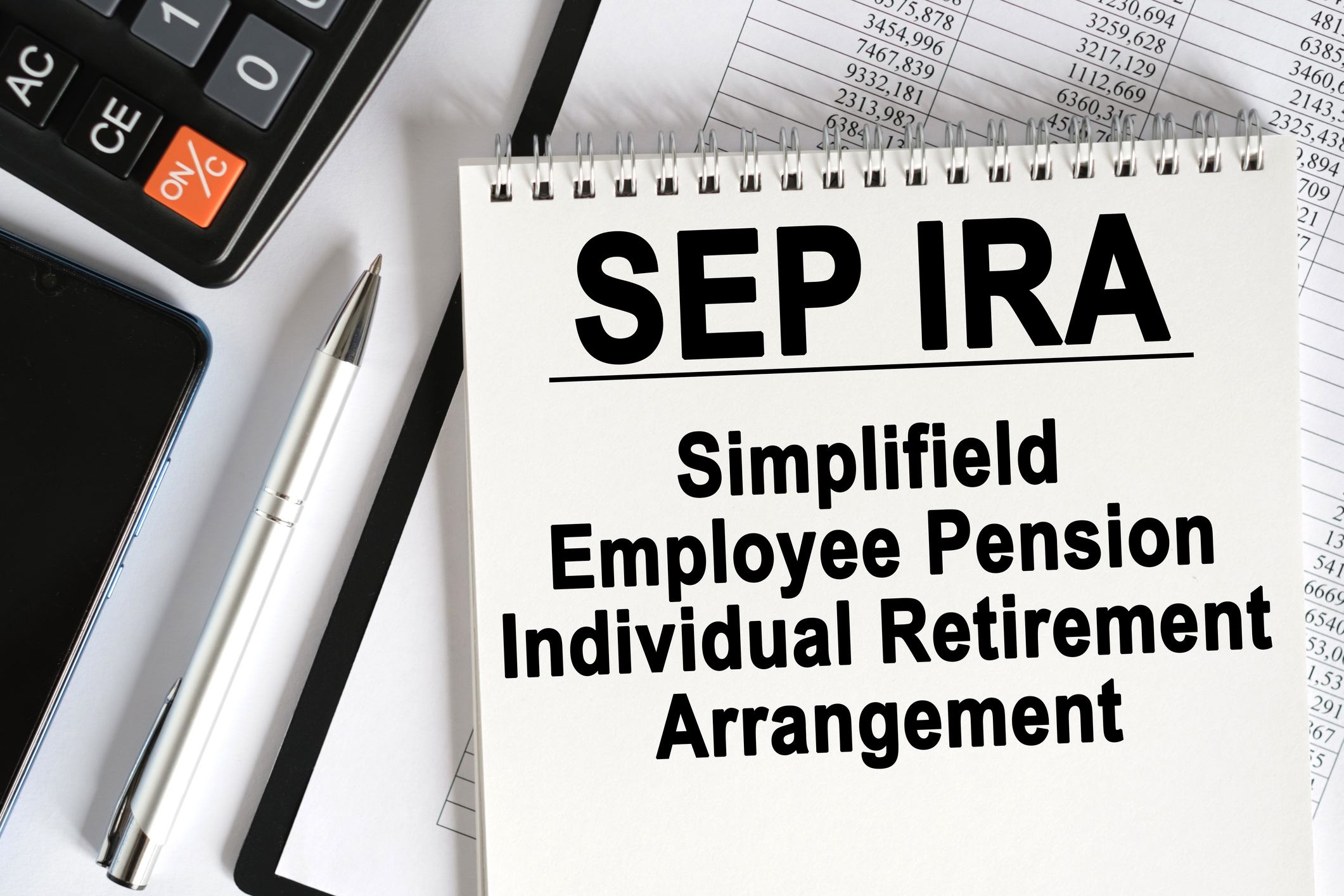Medicare Part A Funds to Run Out in 2026
The trust fund for Medicare Part A did not significantly change from last year, though its financial position still remains precarious.

The trust fund for Medicare Part A will be able to pay full benefits until 2026 before reserves will be depleted.
That’s the same year as predicted in 2020, according to a summary of the trustees 2021 report, which was released on Tuesday. If the reserves run out for the Hospital Insurance Trust Fund, then the program’s income should be able to cover 91% of scheduled benefits. Medicare Part A covers hospital care for enrollees.
Reserves for the Hospital Insurance Trust Fund fell by $60 billion, to $134 billion, at the end of 2020. This drop was related to the expansion of the Medicare Accelerated and Advance Payments Program because of COVID-19. This program is meant to provide funding to Part A providers and Part B suppliers when there are disruptions to submitting and processing claims. These payments should be repaid this year and 2022.
From just $107.88 $24.99 for Kiplinger Personal Finance
Become a smarter, better informed investor. Subscribe from just $107.88 $24.99, plus get up to 4 Special Issues

Sign up for Kiplinger’s Free Newsletters
Profit and prosper with the best of expert advice on investing, taxes, retirement, personal finance and more - straight to your e-mail.
Profit and prosper with the best of expert advice - straight to your e-mail.
“The financial status of the [Hospital Insurance] Trust Fund has not appreciably changed and the Trustees project that it will be able to pay full benefits until 2026, unchanged from last year’s Medicare report,” according to the summary. “[Hospital Insurance] Trust income is projected to be lower than last year’s estimates due to lower payroll tax revenues while [Hospital Insurance] Trust expenditures are also expected to be lower because of smaller projected provider payment updates and improvements in the projection methodology.”
The Supplemental Medical Insurance Trust Fund, which has one account for Part B (doctor’s appointments and outpatient care coverage) and another for Part D (prescription drug coverage), is “adequately financed into the indefinite future because current law provides financing from general revenues” and premiums to cover the anticipated expenses, the summary says. However, a significant uptick in costs “will place steadily increasing demands on both taxpayers and beneficiaries,” according to the summary. This trust fund had $143 billion in assets at the end of last year with Parts B and D being funded for at least the next decade.
Overall, there were 62.6 million Medicare beneficiaries in 2020.
Profit and prosper with the best of Kiplinger's advice on investing, taxes, retirement, personal finance and much more. Delivered daily. Enter your email in the box and click Sign Me Up.
Jackie Stewart is the senior retirement editor for Kiplinger.com and the senior editor for Kiplinger's Retirement Report.
-
 QUIZ: What Type Of Retirement Saver Are You?
QUIZ: What Type Of Retirement Saver Are You?Quiz What is your retirement savings style? Find out with this quick quiz.
-
 Meet the World's Unluckiest — and Entitled — Porch Pirate
Meet the World's Unluckiest — and Entitled — Porch PirateThis teen swiped a booby-trapped package that showered him with glitter, and then he hurt his wrist while fleeing. This is why no lawyer will represent him.
-
 Smart Business: How Community Engagement Can Help Fuel Growth
Smart Business: How Community Engagement Can Help Fuel GrowthAs a financial professional, you can strengthen your brand while making a difference in your community. See how these pros turned community spirit into growth.
-
 457 Plan Contribution Limits for 2026
457 Plan Contribution Limits for 2026Retirement plans There are higher 457 plan contribution limits in 2026. That's good news for state and local government employees.
-
 Medicare Basics: 12 Things You Need to Know
Medicare Basics: 12 Things You Need to KnowMedicare There's Medicare Part A, Part B, Part D, Medigap plans, Medicare Advantage plans and so on. We sort out the confusion about signing up for Medicare — and much more.
-
 The Seven Worst Assets to Leave Your Kids or Grandkids
The Seven Worst Assets to Leave Your Kids or Grandkidsinheritance Leaving these assets to your loved ones may be more trouble than it’s worth. Here's how to avoid adding to their grief after you're gone.
-
 SEP IRA Contribution Limits for 2026
SEP IRA Contribution Limits for 2026SEP IRA A good option for small business owners, SEP IRAs allow individual annual contributions of as much as $70,000 in 2025, and up to $72,000 in 2026.
-
 Roth IRA Contribution Limits for 2026
Roth IRA Contribution Limits for 2026Roth IRAs Roth IRAs allow you to save for retirement with after-tax dollars while you're working, and then withdraw those contributions and earnings tax-free when you retire. Here's a look at 2026 limits and income-based phaseouts.
-
 SIMPLE IRA Contribution Limits for 2026
SIMPLE IRA Contribution Limits for 2026simple IRA For 2026, the SIMPLE IRA contribution limit rises to $17,000, with a $4,000 catch-up for those 50 and over, totaling $21,000.
-
 457 Contribution Limits for 2024
457 Contribution Limits for 2024retirement plans State and local government workers can contribute more to their 457 plans in 2024 than in 2023.
-
 Roth 401(k) Contribution Limits for 2026
Roth 401(k) Contribution Limits for 2026retirement plans The Roth 401(k) contribution limit for 2026 has increased, and workers who are 50 and older can save even more.